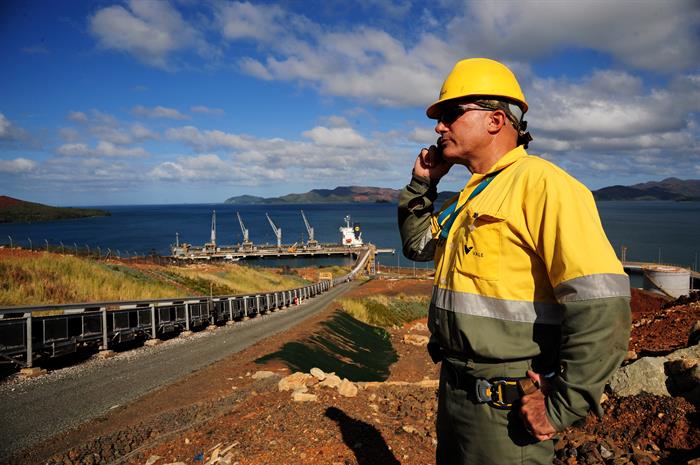The Sofinor group had joined with Korea Zinc (KZ) to purchase the Vale plant located in the south of New Caledonia. In a letter sent on the evening of Sunday, October 25, Vale Canada announced its refusal to negotiate. This announcement surprised many nickel specialists. Indeed, Sofinor controls a plant in the North of New Caledonia with Glencore and a plant in South Korea with Posco. Korea Zinc, on their side, are one of the world’s best metallurgical companies. They own subsidiaries in eight countries and the company’s market capitalization is around US$7 billion.
Trafigura is not a metallurgist
Who will then buy this factory? The answer is not simple. In twenty years, it has cost Vale between 8 and 9 billion dollars. It has been losing between 200 and 300 million dollars every a year ever since it started operating. For the moment, only one international candidate remains on the list: Trafigura. It’s not a metallurgist and it has got no experience in operating an hydrometallurgical plant:, it’s an oil brokerage firm*. The buyer will face two major difficulties. The first is financial. He will indeed have to transform this very loss-making factory into a cash machine. This is what Vale has been trying to do during the last 10 years, in vain. This doing is even more challenging without having the technological expertise in hydrometallurgy. Even highly specialized and experienced companies like Canadian Sherritt and Japanese Sumitomo are struggling. Ambatovy project, in Madagascar is a very significant and recent example of the difficulties a greenfield hydrometallurgical project faces.
Very high environmental risks
The second difficulty is perhaps even greater. It is that of the environment. The Achilles heel of this plant lies in the tailings storage facilities. The exist KO2 dam has a volume of 45 million cubic meters. It is filled with a sludge of toxic waste. This is the equivalent of 15,000 Olympic pools… It is expected to be completely filled by the end of 2023-early 2024. The threat of toxic sludge infiltration under the dam is a reality and is not about to disappear. The risk of contamination of the very complex hydrogeological network of the Great Lakes region of Southern Caledonia is considered by many environmental specialists to be high. Disasters do not only happen to others. Vale knows this better than anyone with last year’s failure of its dam in Brazil that caused the death of 300 people.
The buyer must tackle two major technical challenges...
The buyer of Vale will have to tackle and be in a position to provide two main guarantees. The first concerns the safe management of KO2 dam once it is full.
The second is to operate the Lucy industrial drying plant, which consists to produce a dry cake out of the factory waste. Designed and financed by Vale, the project has started and stopped since. Still on paper, only once built will it prove that its process is reliable. This is far from being the case. Very far. This issue is of great concern to environmental activists…
The question of the takeover of this factory is bound to become one of the hot topics that will be discussed between the Caledonian political leaders and Sébastien Lecornu, Emmanuel Macron’s minister of Overseas Territories during his trip in New Caledonia this week.
* Sofinor/KoreaZinc do not admit to be defeated and continue to believe in the project.
Photo > Vale plant in New Caledonia. Credit: Vale Press Center



